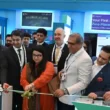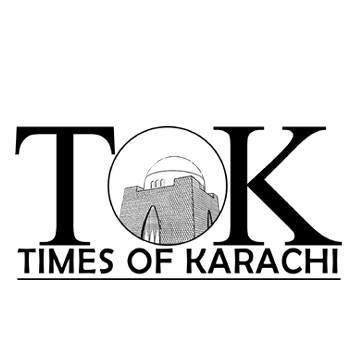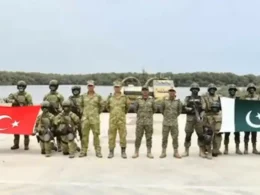Pakistan is not a special case in the vast state of gender equality in the world. Around 50% of Pakistani girls do not go to school and the level of female education is one of the lowest in the world. In 2005, only around 16% of the women of Pakistani were considered capable of gainful employment, and a recent report by the Women’s Division of the Human Rights Commission of Pakistan showed that domestic violence is present in about 80% of Pakistani families.
Although women are second class to men at all levels of Pakistani society, the causes and signs of inequality vary greatly from one socioeconomic class as well as area to another. Gender discrimination is a serious threat in Pakistan that can impede the socio-economic progress of the country. In a country where women are denied any dynamic power, men are the guardians of female predestination. Social attitudes and a male-centered worldview are the main factors that cause women in the four study groups to lose their influence. This is why women are constantly in prisons and cannot stand shoulder to shoulder with menfolk. Women living in powerless households face serious economic problems, from lack of structure to lack of transportation, from lack of money to poor nutrition, and from shocking water deficiencies to powerless sterilization.
The normal educational level of women in rural Pakistan is estimated to be about one-fifth that of women in metropolitan areas. However, according to PIHS, the education level of women in rural areas is 45%.
If we consider the economic aspects of gender imbalance, the link between sex segregation and marriage customs in Pakistani society is particularly clear. In addition, financial empowerment of women is an important factor in reducing the gender gap. Unhindered access to money will not only strengthen females’ bargaining command within the family, but also contribute to their welfare, education, and livelihood and food security. Moreover, the state must strive to end all forms of segregation and exploitation of women. Above all, the state should work relentlessly to empower womenfolk with the help of education in order to make them contribute as dynamic economic agents to the improvement of Pakistan’s socio-political situation.
At this level of state, there is an urgent need to improve the organization of public security systems, especially support for the elderly, in addition to further develop the status of women in the labor market. Though the Safety of Women against Harassment at Work Act of 2009 is an important step forward, the requirements it contains have not yet been fulfilled. Some of the areas that the government can concentrate on are the creation of methodological and professional training facilities for women, provision of day care centers at the workplace, and equivalent compensation provisions that directly address the victimization of women workers.
Author: Jazib Ali









